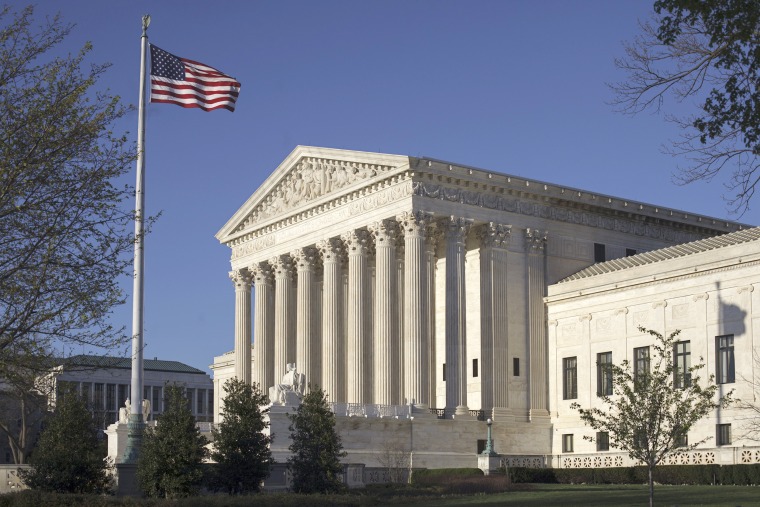The U.S. Supreme Court agreed Monday to consider whether drawing political boundaries in a state can be so hard on a minority political party that the resulting gerrymander violates the U.S. Constitution.
“Partisan gerrymandering of this kind is worse now than at any time in recent memory," said Paul Smith of the Campaign Legal Center in Washington, D.C., who will argue the case on behalf of a group of challengers in Wisconsin.
Related: Supreme Court Rejects North Carolina Congressional District Maps
A panel of three federal judges earlier this year struck down state house district maps drawn in 2011 by Wisconsin's Republican controlled legislature, finding the resulting districts so blatantly partisan that they denied Democrats a fair shot at electing candidates of their choosing.
"There is no question," said the 2-1 ruling, that the map drawn by Wisconsin's legislature "was designed to make it more difficult for Democrats, compared to Republicans, to translate their votes into seats."
The judges added, "It is clear that the drafters got what they intended to get."
The court said both the First Amendment and the Constitution's guarantee of equal protection prohibit redistricting plans that make it harder for members of a disfavored political party to elect their candidates and that cannot be justified on legitimate grounds.
Related: "Why Is North Carolina's Legislature So Extreme? HB2 and the Cost of Gerrymandering"
The disputed map was drawn after Wisconsin's 2010 election produced Republican control of the state assembly, state senate, and the governor's office for the first time in more than 40 years.
William Whitford, a retired law school professor, and 11 other Democrats challenged the resulting map as an unconstitutional partisan gerrymander.
Their lawsuit claimed that Republicans spread Democrats thin among some districts so that they could not achieve a majority. And in other areas, they said, Republicans packed Democrats into a few districts to limit their ability to control more seats.
"The Supreme Court has the opportunity to ensure the maps in Wisconsin are drawn fairly, and further, has the opportunity to create ground rules that safeguard every citizen’s right to freely choose their representatives,” Smith said.
The appeals court found that Wisconsin's map was intended to entrench one party in power over the life of the districting plan. As proof, the judge accepted a standard the Democrats offered in their lawsuit — the voting "efficiency gap."
It was statistical measurement of how many votes in each party were wasted, either because they were so diluted in a district they could never achieve a majority or because they were so concentrated in a district that they were in excess of what was needed to get a majority.
The justices will hear the case in the fall.

